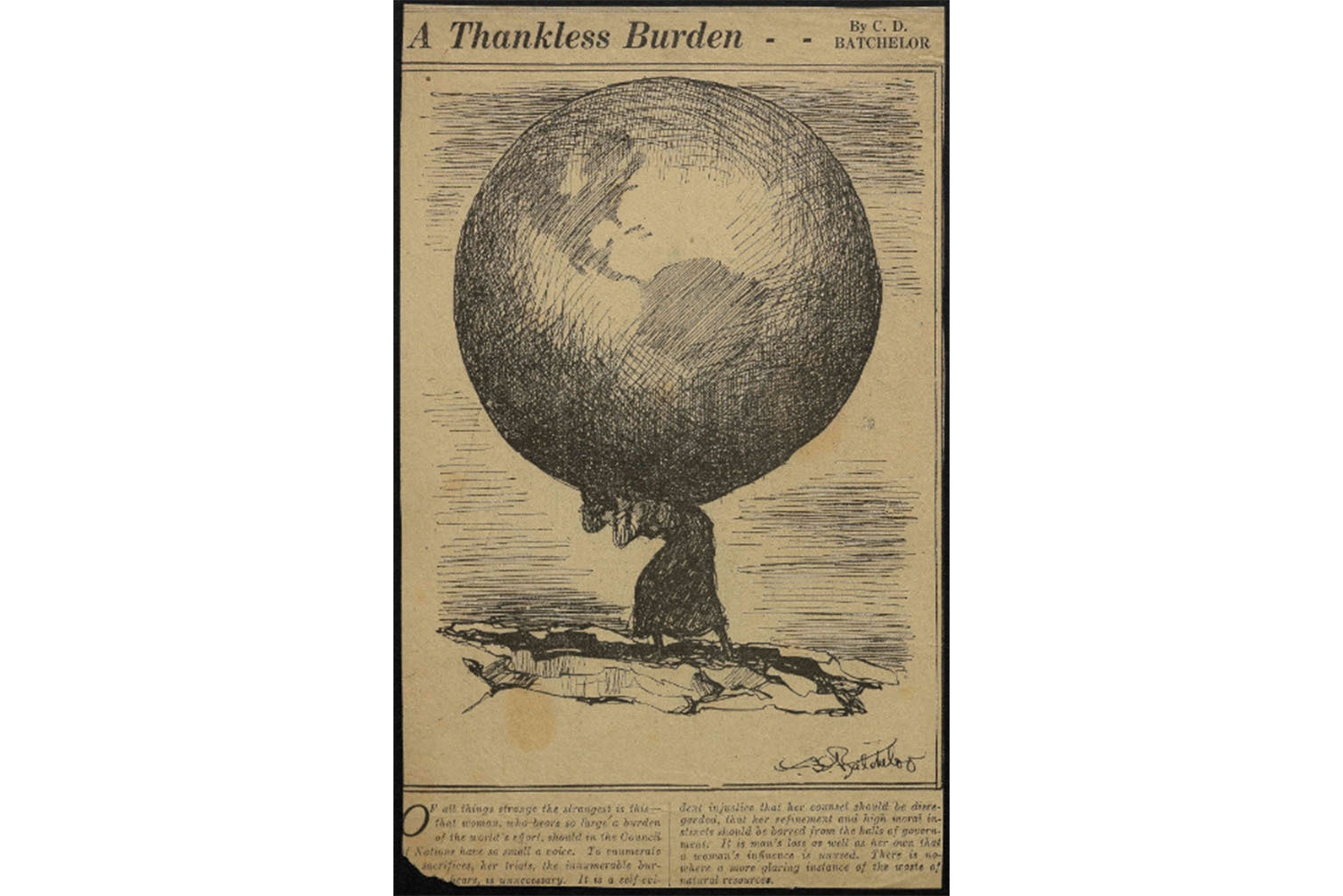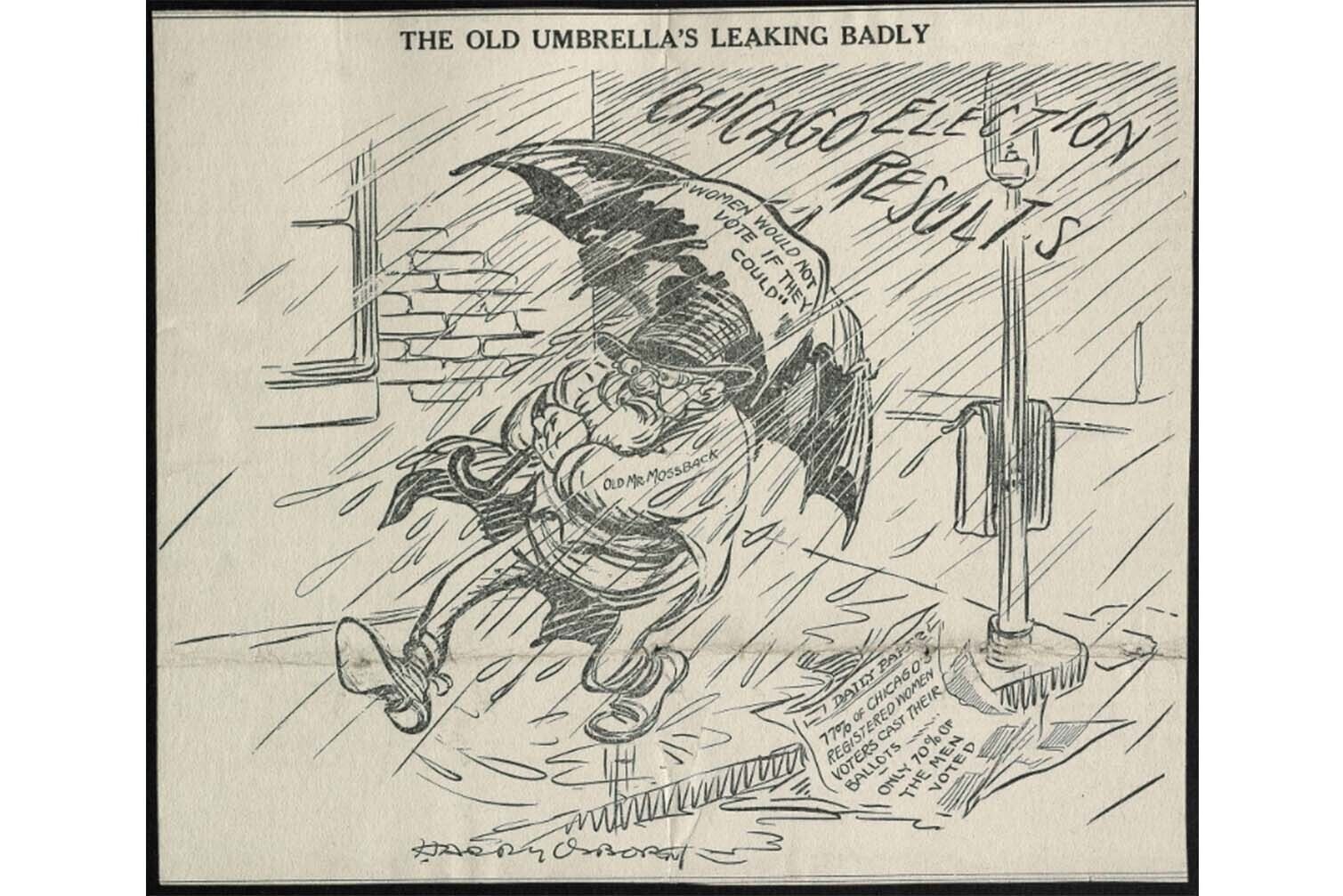Women’s Suffrage: Getting creative
An event at the National Archives celebrating women’s suffrage included a talk about Edith Garrud, the woman who taught ‘Suffragette jiu-jitsu’. As well as helping suffragettes to defend themselves in difficult or violent situations, these skills were used to great effect in shining a light on the suffrage movement.
Garrud was one of the first professional female martial arts instructors in the world, teaching suffragettes how to defend themselves in difficult, violent situations. These skills were also used in comedy performances, where policemen were shown to be overpowered by the ‘underdog’ suffragettes. These performances were an accessible form of entertainment and helped to raise support for the suffrage movement.
Although news reports were often negative about the suffrage movement, supporters found new ways of changing public opinion, particularly in the form of cartoons and art pieces. AM's resource Gender: Identity and Social Change includes plenty of highly visual contemporary material which supports this view. The U.S. cartoon by C.D. Batchelor (pictured below) shows a woman carrying the weight of the world on her shoulders. Batchelor writes:
It is a man’s loss as well as her own that a woman’s influence is unused. There is nowhere a more glaring instance of the waste of natural resources.

"A Thankless Burden", n.d., Content compilation © 2018, by Bryn Mawr College. All rights reserved.
One of the arguments against women having the vote was that the household would fall apart if women began taking an active role in politics. The image below utilises the traditional role of the mother in the home, taking care of the children, with the caption ‘Double the power of the home – two good votes are better than one’. The cartoon uses a widely accepted image of the woman as caregiver to change perspectives – she is still a mother, capable of raising children and increasing the power of the household’s influence on politics.

"Double the Power of the Home…", 23 Oct 1915, Content compilation © 2018, by Bryn Mawr College. All rights reserved.
Men who were against the movement were turned into comedy figures in publications. The old man in the cartoon below ignores the lashing rain around him as he clings to his old umbrella, representing his outdated views. The umbrella is shown to be tatty and insubstantial against the onslaught of evidence, promising hope for the future.

"The Old Umbrella's Leaking Badly", 1 Mar 1915, Content compilation © 2018, by Bryn Mawr College. All rights reserved.
This image goes further in illustrating the dissenters as corrupt and dangerous, hiding in ambush from the stoic figure of a woman carrying a suffrage bill. This has an almost pantomime quality to it, with a clear hero and villain. Looking at that image, it’s unlikely that anyone would want to be associated with the crowd clutching weapons labelled ‘white slaver’ or ‘corrupt politician’…

Waiting in Ambush, c.1913-1914, Content compilation © 2018, by Bryn Mawr College. All rights reserved.
The creative ways in which suffragists sought to demonstrate the importance of their cause offer a fascinating insight into the views of society at the time and highlight how crucial these methods were in fighting for change.
For more information on Gender: Identity and Social Change, including free trial access and price enquiries, please email info@amdigital.co.uk.
Recent posts

The blog highlights American Committee on Africa, module II's rich documentation of anti-apartheid activism, focusing on the National Peace Accord, global solidarity, and student-led divestment campaigns. It explores the pivotal role of universities, protests, and public education in pressuring institutions to divest from apartheid, shaping global attitudes toward social justice and reform.

This blog examines how primary sources can be used to trace the impact of young voices on society, particularly during pivotal voting reforms in the UK and the US. Explore materials that reveal insights into youth activism, intergenerational gaps, and societal perceptions, highlighting their interdisciplinary value for studying youth culture, activism, and girlhood across history.
